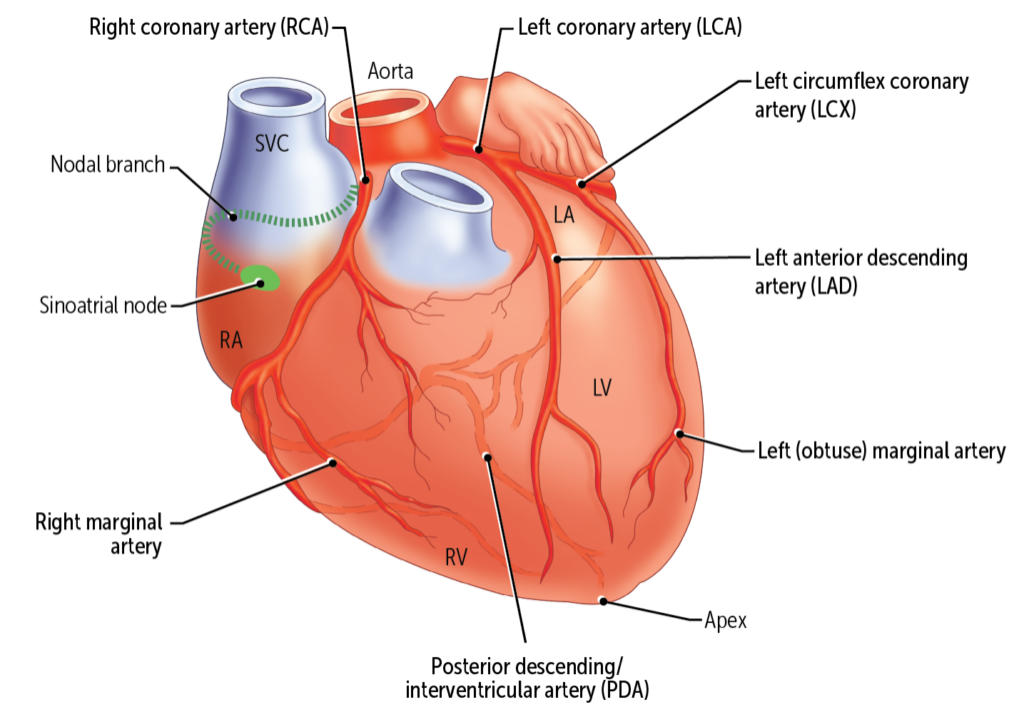On inspiration, a healthy set of lungs is pulled outward by the negative pressure created by the increase in chest volume. On expiration, the lungs recoil inward due to their elastic properties. Simply put, the lung is easily stretched outward but shrinks inward when it is no longer being pulled by external forces.
Obstructive lung disease develops because a pathology causes an obstruction to airflow within the airways, particularly when trying to get the air out (exhale). Restrictive lung disease develops because a pathology restricts the lung from filling up with air during inhalation.
After listening to this AudioBrick, you should be able to:
- Define and contrast obstructive lung disease and restrictive lung disease.
- Describe the underlying mechanisms of both obstructive and restrictive lung disease and explain how they result in different types of diseases. List the common clinical diseases associated with both obstructive and restrictive mechanisms and define the anatomic site of each disease.
- Compare and contrast the clinical presentation of a patient with obstructive lung disease vs restrictive lung disease.
If you haven’t subscribed to the Rx Bricks Podcast, we suggest you do it today!
Head to the homepage for the Rx Bricks Podcast to hear the full episode and subscribe so that you’re notified when the next one drops.



